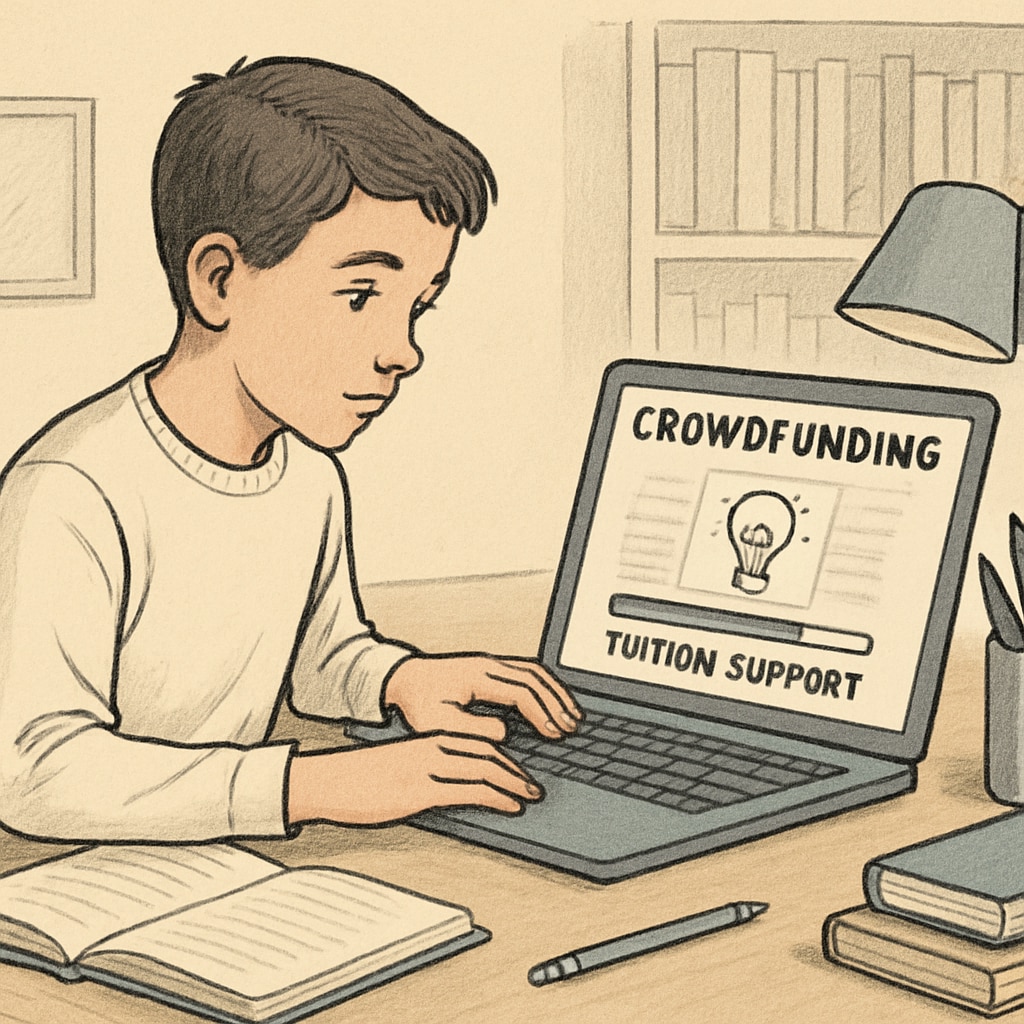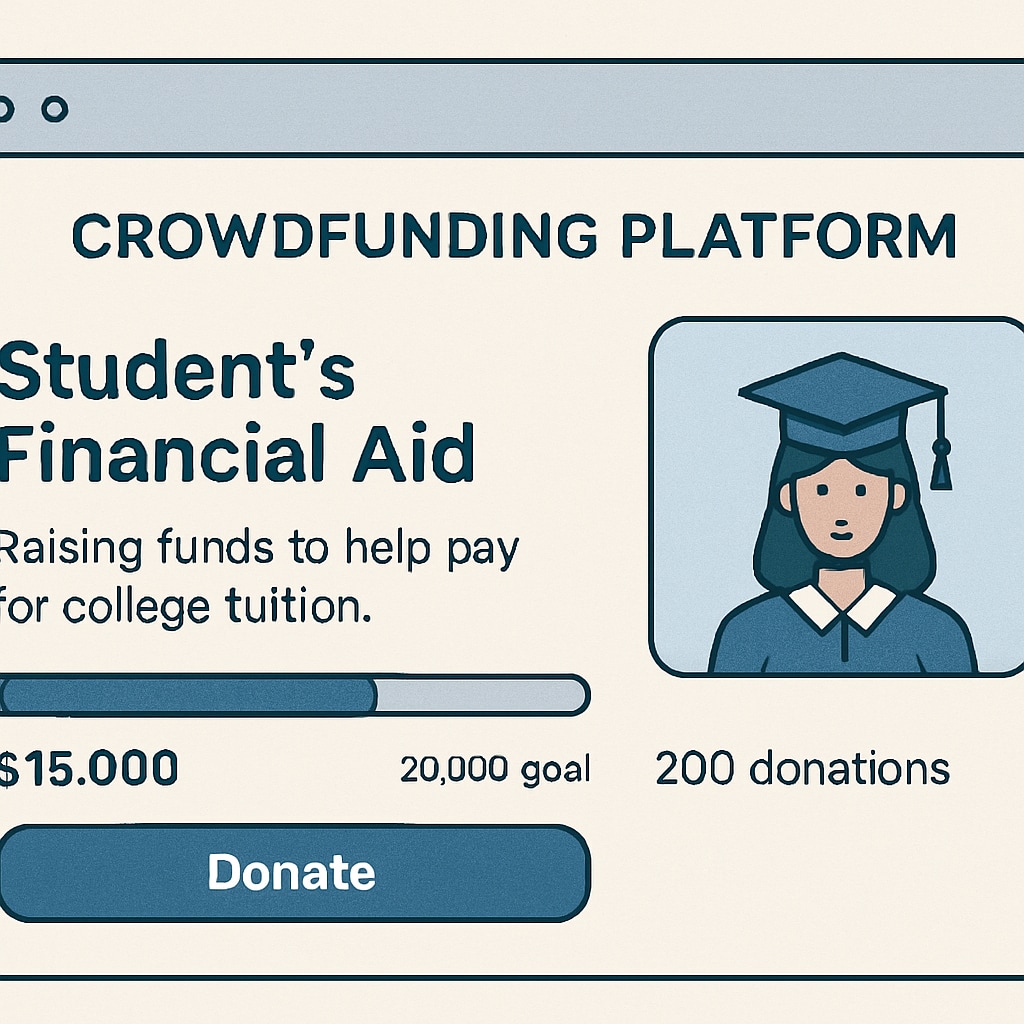For many students, the dream of higher education often collides with the harsh reality of rising tuition costs and financial hardship. In recent years, crowdfunding has emerged as an alternative solution, providing economically disadvantaged students a platform to seek support for their educational aspirations. But can crowdfunding truly bridge the gap between tuition costs and equitable access to education, or does it reflect deeper systemic issues in educational funding?
The Growing Burden of Tuition Costs
Globally, higher education costs are escalating at an alarming rate. In the United States, for example, the average tuition at public universities has increased by over 200% in the last two decades. Similarly, countries like the UK and Australia have seen steep rises in student fees, leaving many families struggling to afford university education. According to Britannica, student debt has reached unprecedented levels, with a generation of young graduates burdened by loans that can take decades to repay.
For students from low-income households, the situation is even more dire. Scholarships and government grants often fall short of covering the total cost of attendance, which includes tuition, housing, books, and other essential expenses. As a result, many are forced to choose between dropping out or seeking alternative funding methods, such as part-time work, personal loans, or, increasingly, crowdfunding.

Crowdfunding: A New Pathway for Financially Struggling Students
Crowdfunding platforms like GoFundMe and Kickstarter have become popular avenues for students seeking financial support. These platforms allow individuals to share their personal stories and solicit donations from friends, family, and even strangers. In some cases, campaigns go viral, raising thousands of dollars and enabling students to continue their education without resorting to extensive debt.
The appeal of crowdfunding lies in its accessibility and emotional impact. Donors are often moved by compelling narratives of perseverance and ambition, especially when students articulate their goals and the obstacles they face. For instance, a student from a rural area who is the first in their family to attend college might resonate strongly with a broad audience, leading to substantial contributions.
However, crowdfunding is not without its challenges. Success is often influenced by factors such as the student’s ability to market their campaign, the size of their social network, and the willingness of others to contribute. As a result, not all students benefit equally from this approach, raising concerns about its effectiveness as a long-term solution.

Addressing Systemic Issues in Educational Funding
While crowdfunding provides temporary relief for some, it is not a sustainable solution to the larger issue of educational inequity. More systemic approaches are needed to ensure that all students, regardless of their financial background, have equal access to higher education.
Experts propose several strategies to address these challenges:
- Expanding Government Support: Increasing scholarships, grants, and subsidies for students from low-income households can help reduce the reliance on loans and crowdfunding.
- Promoting Affordable Education: Encouraging universities to implement cost-cutting measures and adopt income-based tuition models could make education more accessible.
- Early Financial Literacy: Introducing financial planning and literacy programs at the K-12 level can prepare students and families for the costs associated with higher education.
Organizations and policymakers must also address the root causes of rising education costs, such as administrative expenses and reduced public funding. By tackling these issues, society can move toward a more equitable and sustainable education system.
A Balanced Perspective on Crowdfunding and Education
Crowdfunding has undeniably provided a lifeline for many students facing financial hardship. It offers an innovative way for individuals to share their stories and seek support for their educational goals. However, it is important to view crowdfunding as a stopgap measure rather than a permanent solution. Education is a public good, and its accessibility should not depend on an individual’s ability to market their financial struggles effectively.
As tuition costs continue to rise, society must explore comprehensive solutions that prioritize equity and sustainability. By combining immediate support mechanisms like crowdfunding with systemic reforms, we can create an education system that empowers all students to succeed, regardless of their financial circumstances.
Readability guidance: This article uses short paragraphs and lists to enhance readability. It balances data-driven insights with human interest stories, ensuring a professional yet accessible tone. Transition words are used throughout to create a smooth reading experience.


